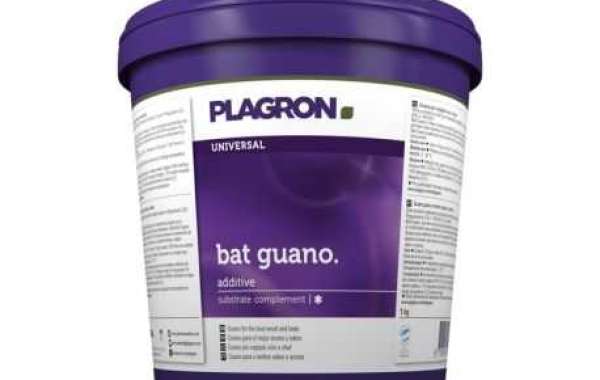Waterborne polyurethane dispersions (PUDs) are emerging as a leading alternative to solvent-based systems in coatings, adhesives, sealants, and elastomers. These dispersions are comprised of polyurethane polymers suspended in water, offering a safer and more environmentally friendly option without compromising on performance. As industries shift toward low-VOC (volatile organic compound) and sustainable formulations, waterborne PUDs are gaining increasing attention across sectors such as automotive, furniture, textiles, and packaging.
The primary appeal of waterborne polyurethane dispersions lies in their environmental benefits. Unlike traditional solvent-based polyurethane systems, which release harmful VOCs during application and curing, waterborne PUDs significantly reduce these emissions. This makes them compliant with stringent environmental regulations and ideal for indoor applications where air quality and safety are paramount.
In terms of performance, waterborne PUDs offer excellent abrasion resistance, flexibility, chemical resistance, and durability. These properties make them suitable for protective coatings on wood, plastic, metal, and leather. In the automotive and furniture industries, for example, they provide a clear, resilient finish that resists scratches and stains while maintaining aesthetic appeal. Additionally, their compatibility with various substrates and their tunable hardness and elasticity give formulators great flexibility in product development.
One of the most significant uses of waterborne PUDs is in textile coatings and synthetic leather production. These dispersions provide soft-touch finishes, water resistance, and enhanced durability—qualities essential in apparel, footwear, and upholstery. Moreover, their low odor and absence of toxic solvents make them well-suited for consumer-oriented applications.
In adhesives, waterborne PUDs have proven effective in delivering strong bonding performance with the added advantage of being safer to handle and apply. Industries such as packaging, automotive assembly, and construction are increasingly incorporating PUD-based adhesives into their workflows to reduce health risks and improve sustainability profiles.
As the demand for green chemistry grows, innovation in PUD formulation is also advancing. Bio-based polyols and isocyanate-free technologies are being developed to further enhance the eco-friendliness of these dispersions. This progress not only supports global sustainability goals but also opens up new markets where environmental impact is a key purchasing criterion.




